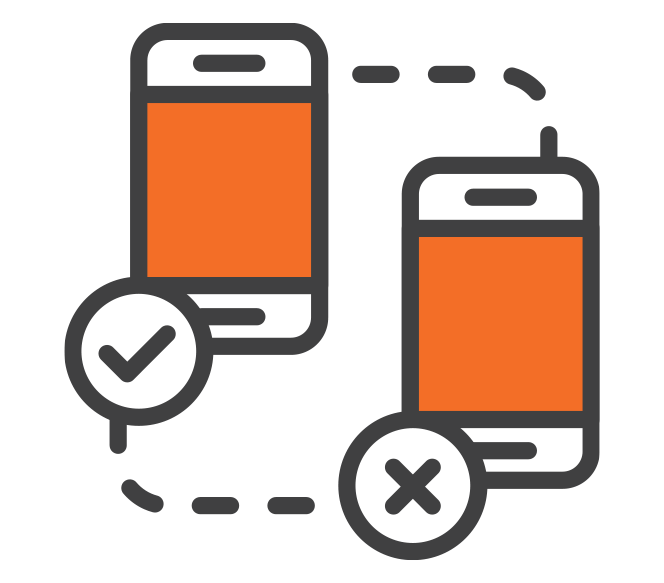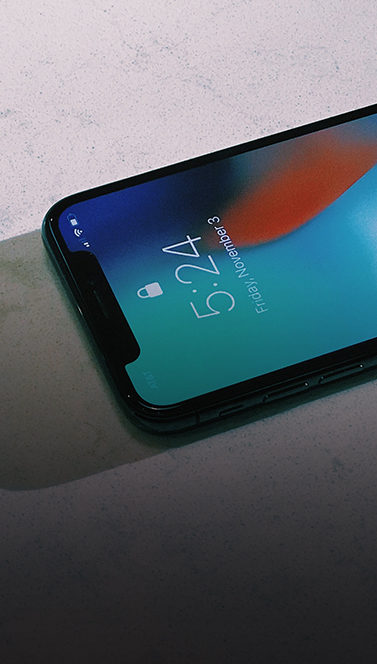Why Accessible Marketing is Important
- 08.12.21
- 3 Min Read
In the rapidly changing global marketplace, companies need to maintain carefully calculated marketing to stay competitive. COVID-19 alone has had untold impacts on marketing trends, leading to consumer behavior and shopping habit changes. Without an accessible approach to marketing, you won’t be able to make the most of these developments.
Accessible marketing means guaranteeing that your content is readable, functional and usable to the broadest possible audience. It means taking into account best practices in design and accommodating a range of user needs. No matter how minimal you might think the impact of accessibility features will be, the reality is that accessible marketing has the power to transform your approach to sales.
Find out why accessibility is so important and learn how to build it into your processes.

THE IMPORTANCE OF ACCESSIBLE MARKETING
The global marketplace is huge. With as many as 2.14 billion people shopping online from all over the world, your potential to cultivate massive audiences is virtually limitless. However, without the right approach, you’ll struggle to build the kind of audience you’re capable of reaching.
Accessible marketing is important, however, not just in terms of sales and outreach, but also in ethical terms. Imagine how frustrating it would be to attempt to use a website, read an article, or watch a video, only to have that content be incomprehensible. The unfortunate reality is that many marketing teams create inaccessible content all the time.
For example, only 48% of websites pass Web Accessibility Content Guidelines (WCAG) for use of images. This means that 52% of sites may lock out the millions of people who require an alt attribute to understand an image. When you consider that more than 12 million people in the US alone live with a visual impairment, this failure rate is unconscionable.
Accessible marketing is simply the right thing to do. And the payoff is big. With the ability to reach millions more people worldwide, you can boost your potential to generate leads as well as your ability to streamline your content for search engines.
Search engine optimization (SEO) requires you to implement accessibility. This comes down to not just page loading speeds and navigable frameworks, but also your content’s ability to accommodate functional impairments.
With an accessible approach to marketing, you have a better chance to be seen, heard and trusted. This is vital for any business—so where should you start?
THE WAYS YOUR MARKETING MIGHT BE INACCESSIBLE
When it comes to marketing, there is a wide variety of ways in which content may be inaccessible to the users you’re trying to reach. From your approach to visuals to your nuanced language, a variety of factors may lock out a potential audience.
Here are the factors you need to consider when assessing the accessibility of your marketing content:

VISUALS
Did you know that an estimated 300 million people worldwide are color blind?
This is one simple statistic that can have far-reaching implications for your marketing approach. The use of color alone can make or break your ability to be perceived by a wider audience. That’s why it’s essential to use high-contrast color combinations that can effectively be seen by more people.
Then, you need to consider users with other visual impairments. For example, video and image content will require transcriptions and captions that are accessible with a screen reader. This will ensure that no matter what, your audience can understand what it is you’re trying to show them.

AUDIO
Also, consider the challenges of hard-of-hearing users. As many as 430 million people have some kind of auditory impairment. Meanwhile, many users consume video content with the sound off. Regardless of the reasons, you need to accommodate the needs of your audience by providing text alternatives.
If you’re putting out a podcast to highlight your content marketing strategy, for example, also consider putting out a transcript of that podcast so that users can follow along regardless of their ability to hear. At the same time, ensure that all your videos are properly captioned so that your users aren’t missing out.

FUNCTIONALITY
Functionality is another key aspect of marketing accessibility. Both in terms of user experience on a general basis and in securing a successful SEO approach, you’ll need to develop digital and mobile content that can accommodate virtually everyone.
One of the best ways to go about this is to make sure that everything you create is navigable with a keyboard. Assistive technologies often depend on this feature to work. At the same time, web crawlers will require an easy flow of content to make sense of what you’re providing.
Streamline the accessibility of your content by ensuring that it’s functional at every turn.

CULTURAL SENSITIVITY
Finally, to reach a global audience, you have to consider cultural differences. Many cultures have different expectations when it comes to acceptable imagery and language use. The last thing you want to do is alienate an audience by creating offensive content, even if it’s an accident.
A good rule of thumb is to focus on plain language that is easily translatable and avoids controversial topics or jokes. This will help you make sure that you don’t make an unintentional cultural faux pas that damages the reputation of your organization.
Research cultural sensitivity and understand what culturally sensitive language looks like. Start with inclusive language in your communications and go from there. Online learning programs can help you get there.
STREAMLINING THE ACCESSIBILITY OF YOUR MARKETING
With all the factors you need to consider to make truly accessible marketing content, one of your best tools will be web accessibility training courses and resources that you can spread throughout your organization. In the digital age, online accessibility is key to removing barriers for the widest possible audience. An educated team will be able to better ensure a broader reach.
Then, make use of WCAG recommendations and evaluative tools to assess the functionality of your marketing. By taking advantage of these tools and maintaining a commitment to accessibility, you’ll be able to make the best possible content for a global audience.
Consider these factors and follow these strategies, then watch your sales and SEO efforts thrive.
“Charlie Fletcher is a freelance writer who is passionate about workplace equity, and whose published works cover sociology, politics, business, education, health, and more. You can see more of her work by visiting her portfolio.”






